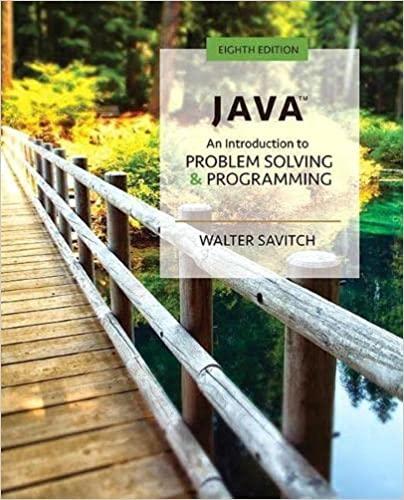Answered step by step
Verified Expert Solution
Question
1 Approved Answer
Define a new function, called ismember, that returns TRUE if the atom is a member of a list, or FALSE otherwise, i.e.,: (defun ismember (atom
Define a new function, called ismember, that returns TRUE if the atom is a member of a list, or FALSE otherwise, i.e.,: (defun ismember (atom list))
For instance:
(ismember a (1 2 3)) would return false
(ismember 1 (1 2 3) would return true
To quickly implement ismember you can take advantage of Lisp membership functions. As you know, list have several functions to handle lists. For instance, member, member-if, and member-if-not each search list for item or for a top-level element that satisfies the test. The argument to the predicate function is an element of list. If some element satisfies the test, the tail of list beginning with this element is returned; otherwise nil is returned.
Step by Step Solution
There are 3 Steps involved in it
Step: 1

Get Instant Access to Expert-Tailored Solutions
See step-by-step solutions with expert insights and AI powered tools for academic success
Step: 2

Step: 3

Ace Your Homework with AI
Get the answers you need in no time with our AI-driven, step-by-step assistance
Get Started


